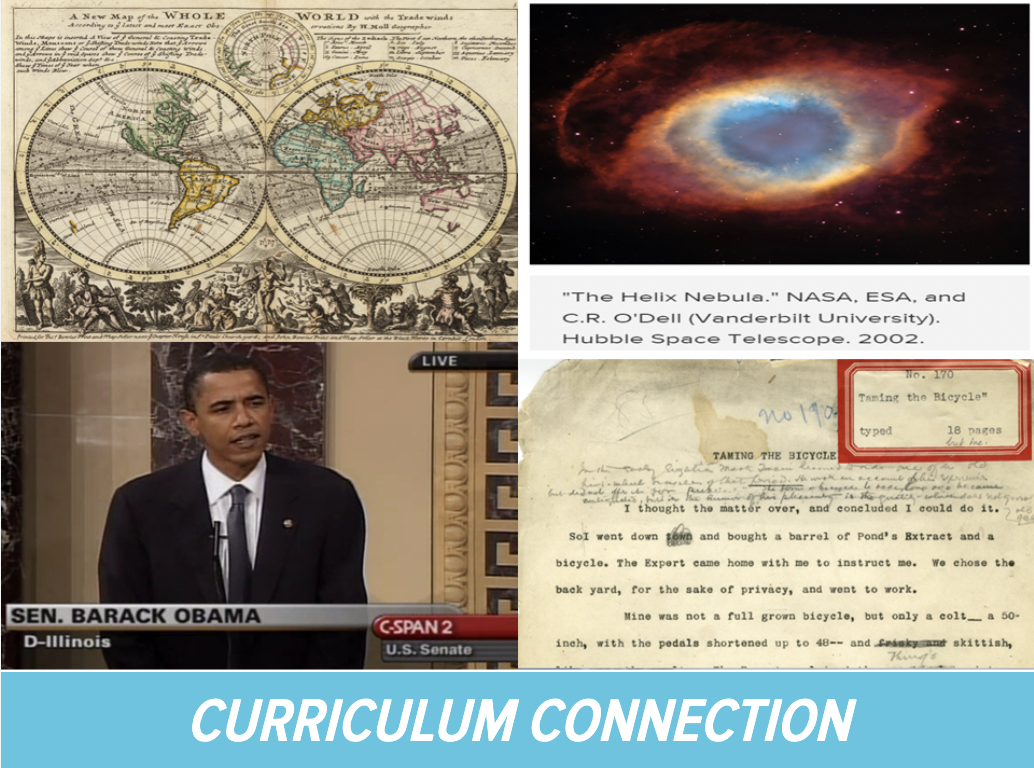Primary Source How To
A typewritten, first draft story by Mark Twain; an up close image of a planetary nebula; an audio recording of a 1961 speech John F. Kennedy gave to Congress… These are just a few of the primary sources you’ll discover in BrainPOP’s fast-growing collection. Each primary resource is associated with a BrainPOP topic, and comes with an activity that challenges students to examine, analyze, and interpret the primary source.
Ranging from historical newspaper articles and letters to photographs, audio recordings, and videos, BrainPOP’s primary sources invite students to experience history, science, math, and more first hand while sharpening their literacy skills.
Benefits of Using Primary Sources in the Classroom
Connecting students with real events–historical, scientific, cultural–makes learning meaningful because it allows students to understand relationships between past events and what is happening in the world today. Real-world learning is just one of the many benefits of teaching with primary sources. Following are the three main reasons why BrainPOP includes primary sources and accompanying prompts with many of its topics:
1. Engagement. Reading a letter written hundreds of years ago, perusing a famous person’s diary, listening to a history-making speech, observing a lunar landing — these experiences bring students face to face with history in very personal and meaningful ways, seamlessly promoting deeper understanding of content.
2. Critical Thinking. BrainPOP challenges student to examine, interpret, and analyze primary sources. Accompany questions prompt them to use prior knowledge, make inferences, draw conclusions, and question what they read, hear, and see.
3. Knowledge Construction. Primary sources offer another means by which students can take in and make meaning of a topic–within and beyond the BrainPOP movie. As students engage with the primary sources, they use evidence to form conclusions and make connections to what they already know, deepening their understanding and building knowledge on subjects you’re teaching.
How to Find BrainPOP’s Primary Source
To find Topics that contain “Primary Source” materials, search for “primary source” in the search bar.
To access primary sources, click the “Primary Source” button on the topic page.







